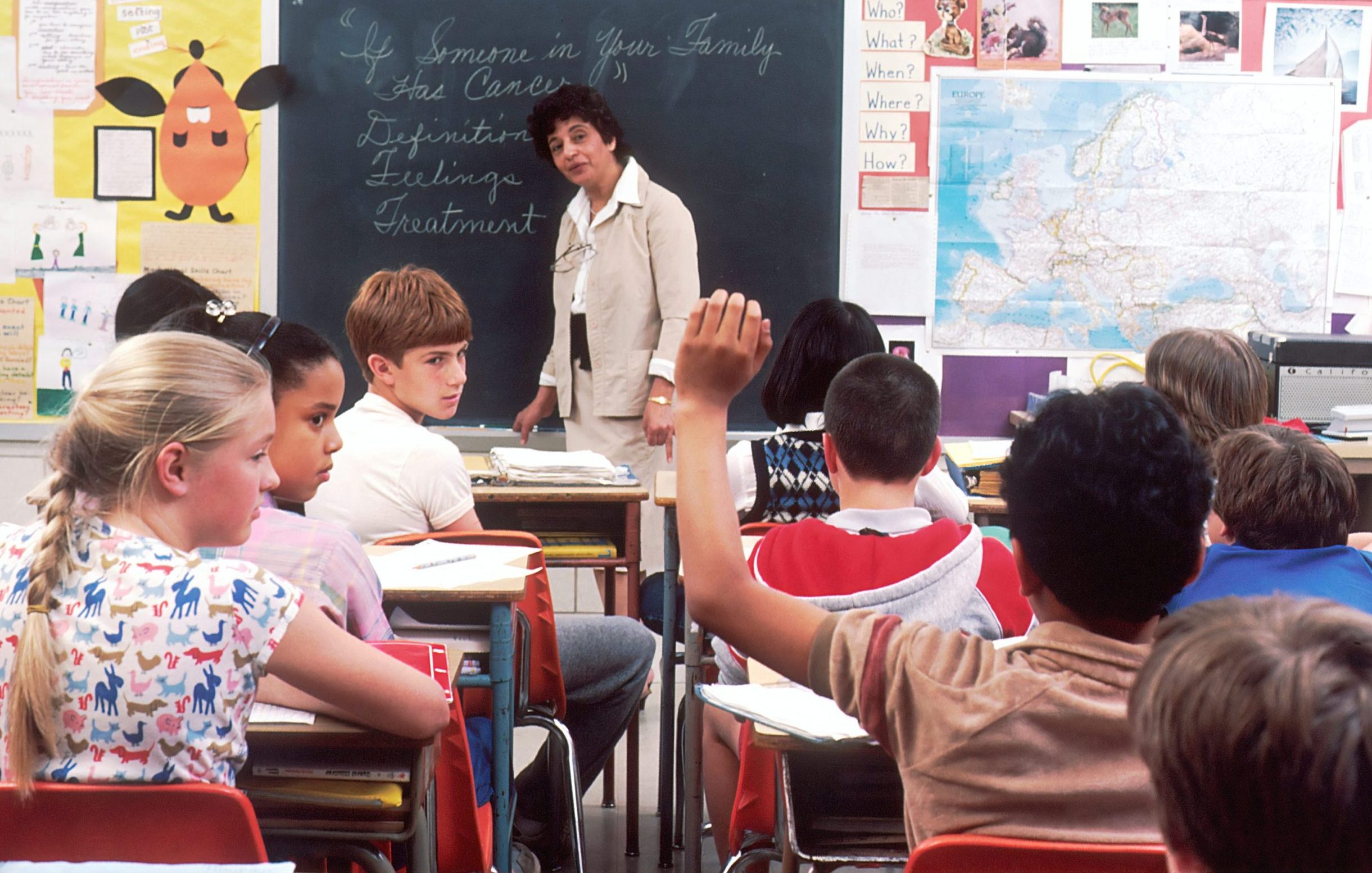by Jordi Viladrosa i Clua
Nowadays, oral expression is an essential tool for communication in any area of life. In education, it is especially important for ESO and high school students to develop this skill, as it will allow them to express themselves clearly, effectively and confidently in different communicative situations with a greater or lesser degree of formality.

Thanks to oral expression, students learn to participate in the classroom, present work, defend ideas and points of view, and solve problems collaboratively
In this article, we propose a series of tips to prepare an effective oral speech. We will take into account the following aspects: structure, argumentation, creativity, language, non-verbal language, space and time, and personal image, which coincide with the criteria of the rubric used to evaluate the speeches of the students who participate year after year in the TEDIS Speech Tournament, organized by the Centre Impuls Educació.
Elements of a speech
The following is a brief description of the characteristics of each of the elements of an oral discourse.
Structure
The first step in preparing an oral speech is to define its structure. It should be clear and concise and allow the speaker to organize his or her ideas in a logical manner. A typical structure for an oral speech consists of the following elements:
Introduction: the speaker should introduce the topic and capture the audience’s attention.
Body: the speaker should develop the topic, presenting the arguments and evidence that support it.
Conclusion: this is where the main ideas should be summarized and leave a positive impression on the audience.
Argumentation
There are different types of arguments, such as arguments of fact, arguments of authority, arguments of analogy or arguments of causality. The speaker must choose the one that is most appropriate for his speech.
Arguments are the core of any oral speech. They must be sound and convincing, and they must be supported by evidence

Creativity
This is an important element since it depends on it to make the speech more attractive and memorable for the audience. Among the resources we can use to add creativity are images, metaphors, and anecdotes. Humor or suspense can also be used to keep the audience’s attention.
Language
It is advisable to use clear, concise language that is appropriate for the audience to whom the presentation is addressed. Sometimes it will be better to avoid using language that is too technical or specialized, although at other times this will be a necessary element. In both cases, a clear and understandable pronunciation should be used.
Nonverbal language
Nonverbal language is as valuable as verbal language. The speaker should maintain an upright posture and a confident gaze and should use gestures and facial expressions that support his or her words naturally, without losing eye contact with the audience.

The speaker should familiarize himself with the space where he is going to deliver his speech
Space and duration
The speaker should adjust his tone of voice and movements to the size of the room. It is also important to respect the time allotted.
Personal image
Personal image has a subjective component that must be controlled because it can influence the success of an oral presentation. The speaker should dress appropriately for the occasion and be aware that this is a relevant communication tool.
Tips for teachers
To this end, it will be essential, for example:
Provide practice opportunities: learners should have the opportunity to practice their oral presentations in different contexts in a planned and systematic way. This will help them develop their confidence and improve their ability to improvise. This implies that they should study the topic they are going to present, practice their speech and rehearse their presentation.
Preparing students to deliver an oral speech or give a presentation requires method, patience and practice

Provide feedback: Teachers should provide constructive and learning-oriented feedback to their students. This can be done individually or with advice for the whole group.
Create a climate of confidence: Students should feel comfortable speaking in public. To this end, teachers can encourage student participation in a respectful atmosphere.
Practical example
Let’s imagine that a group of students in the 4th year of ESO have to defend a personal position on the impact of climate change on the planet. The students must prepare a 5 minute oral speech, for example, in which they must present the main ideas and arguments on this issue.

Research the topic to gather information on the main facts and arguments could be the first step
We also suggest the following ones:
Organize the information they have gathered so that the speech is clear and concise according to the rules or guidelines.
Write a script to help them organize their ideas and control their time.
Practice speaking out loud, in front of a mirror or in front of a friend or family member, and even record it to watch later to identify possible errors and improve the clarity and accuracy of the language.
As for the structure of their presentation, students can rely on the three classic parts:
Introduction: They must present the topic of the presentation and state the thesis they are going to defend.
Development: They should present the main data and arguments that support their approach.
Conclusion: present a summary of the main ideas of your presentation and reaffirm your reasoning or thesis.







